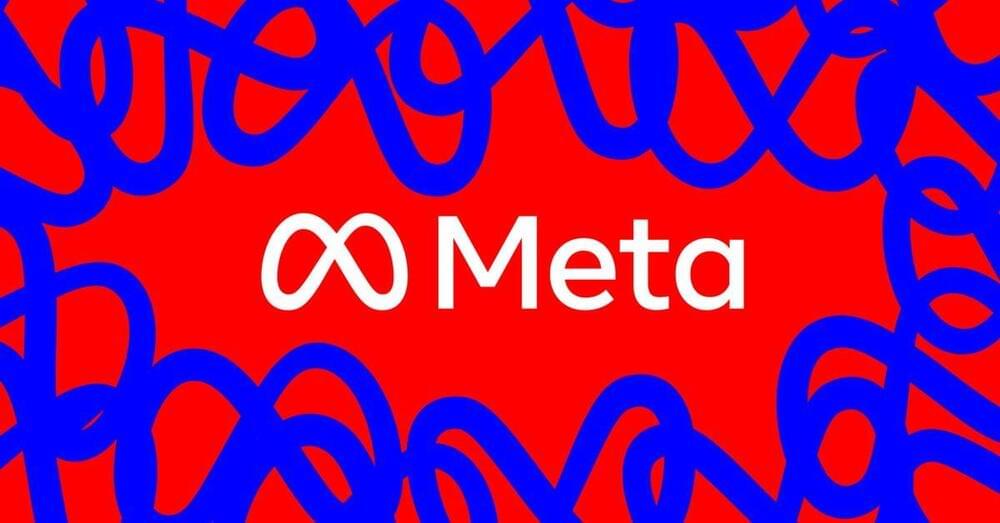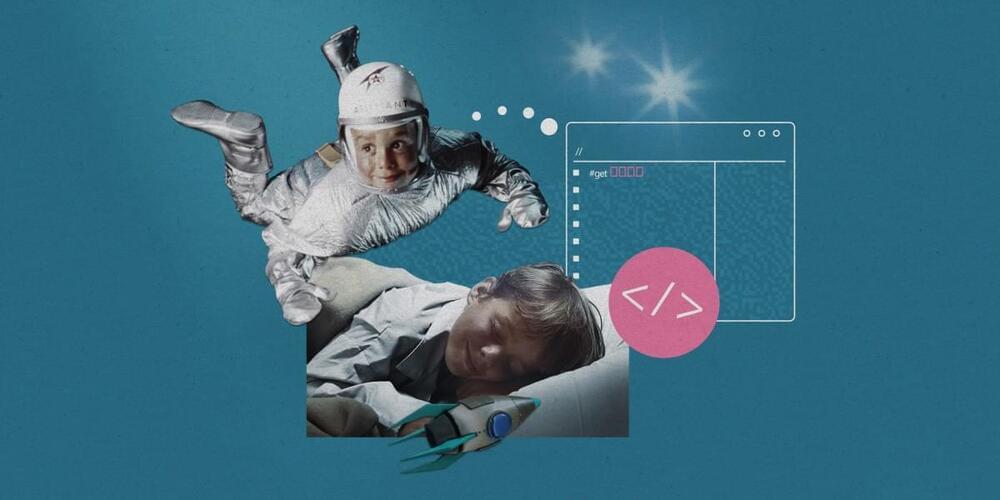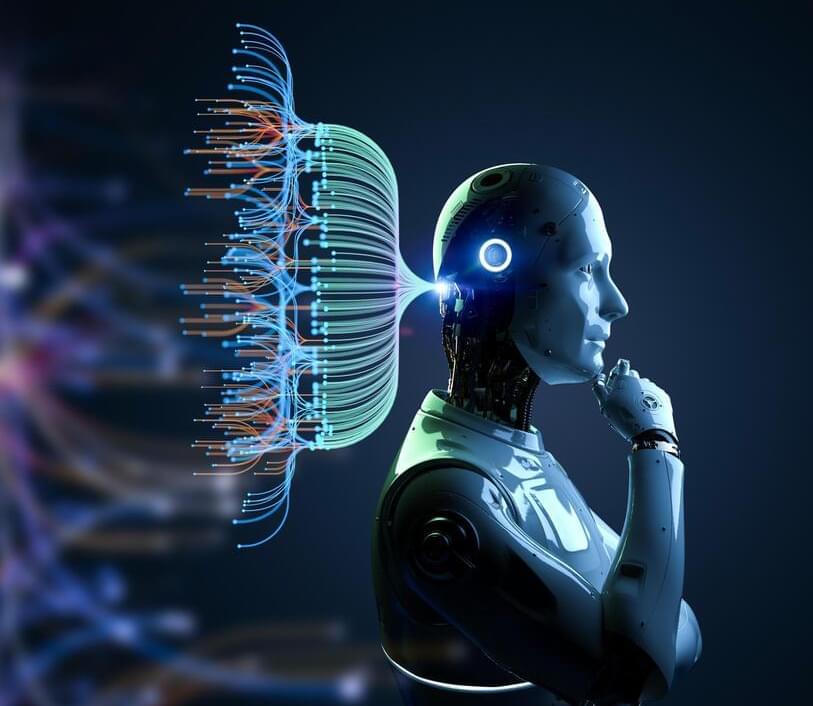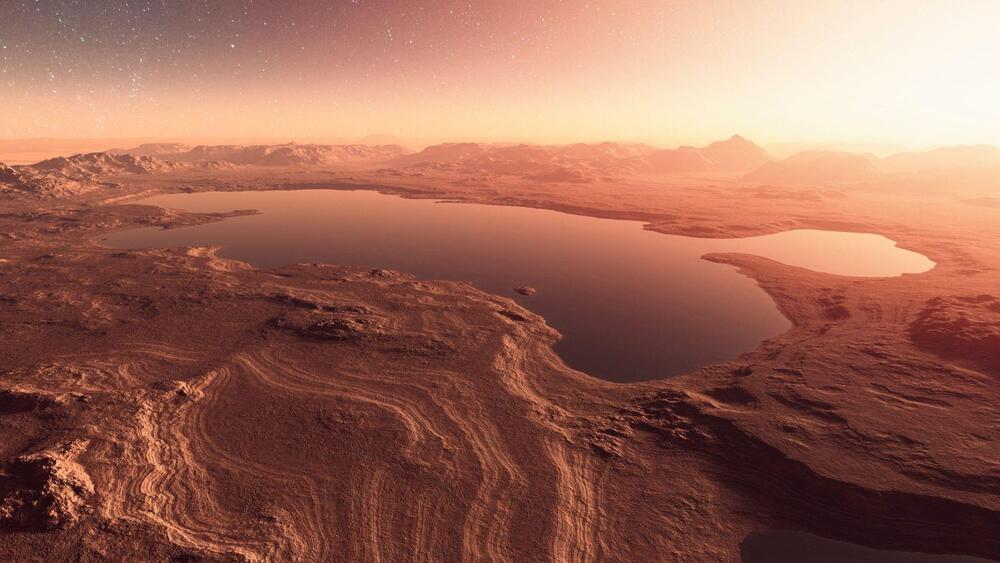XPRIZE founder Peter Diamandis on the biggest prize the world has ever seen – and why a successful outcome will mean we’ll all be winners.
Get the latest international news and world events from around the world.

Messenger is finally getting end-to-end encryption by default
Years after Mark Zuckerberg said encrypted chats were coming to Messenger, it’s finally being enabled by default.
Meta is rolling out end-to-end encryption for one-on-one chats and calls on Messenger, finally fulfilling a promise that’s been in the works for quite awhile.
The switch to default has been in the works for a long time.


Google’s Bard chatbot is getting way better thanks to Gemini
Google’s chatbot is the best place to try out its new supposedly state-of-the-art model — can it catch up to ChatGPT?
While OpenAI’s ChatGPT has become a worldwide phenomenon and one of the fastest-growing consumer products ever, Google’s Bard has been something of an afterthought.
Is this the moment Bard finally catches up to ChatGPT?





Figuring Out What Artificial General Intelligence Consists Of Is Enormously Vital And Mindfully On The Minds Of AI Researchers At Google DeepMind
In today’s column, I am going to do a deep dive into what is meant by the oft-mentioned terms known as Artificial Intelligence (AI) and Artificial General Intelligence (AGI).
I walk you thru the likes of AI and AGI and what they mean, including a recently posted proposal by Google DeepMind about encompassing levels of autonomy. Good stuff.
